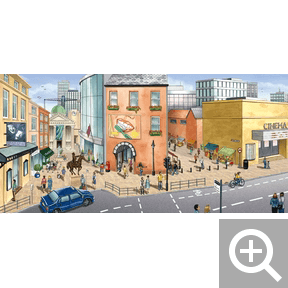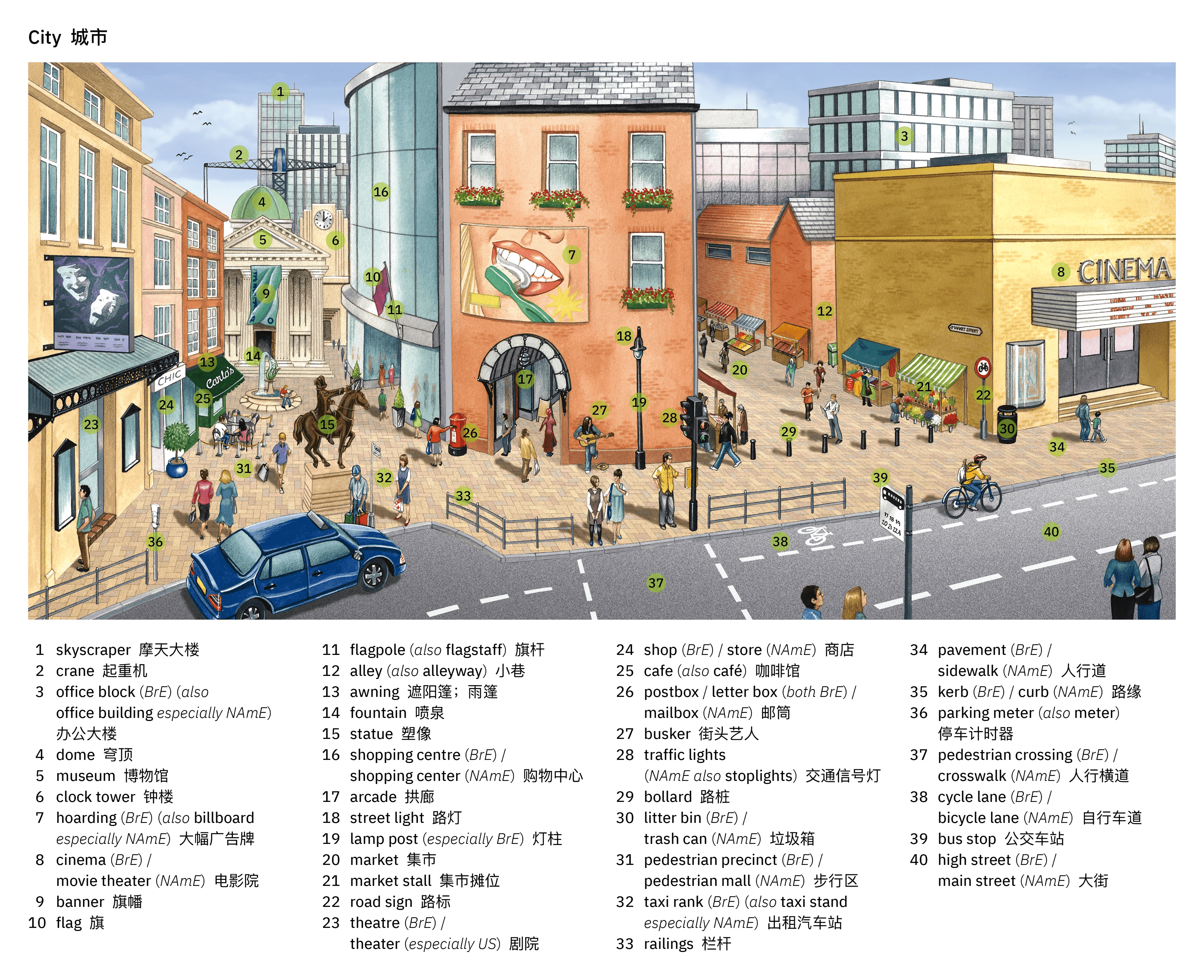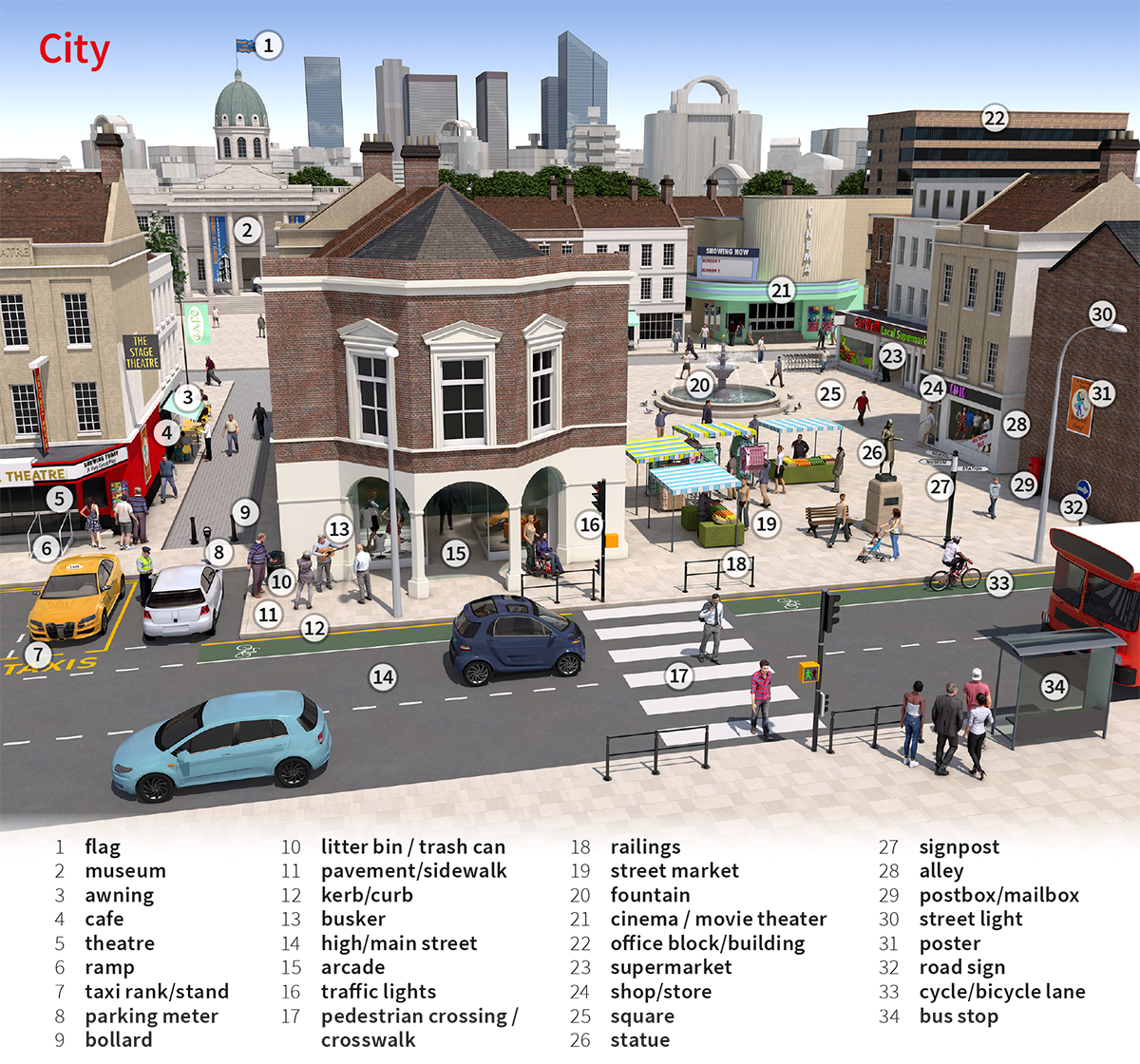museum
nounCulture art galleries and museums of artart galleries and museums of artIn Britain, works of art are displayed in art galleries and, especially outside London, in museums. Shops that sell paintings are also called galleries. In the US public art collections are displayed in art museums, and a gallery is a place where people go to buy works of art.Many galleries and museums in Britain and the US receive limited financial support from national or local government. Other money is raised through admission fees, although admission to many British museums is free, and the sale of postcards, calendars and other gifts. Some galleries obtain money through sponsorship. Many works of art are expensive and galleries can rarely buy them without organizing a public appeal or, in Britain, asking for money from the Art Fund.Visiting an art gallery is a popular leisure activity. Galleries and museums are friendlier places than they used to be. Many try to encourage children's interest in art by arranging school visits and many people make their first trip to an art museum with their school class.The most popular galleries in Britain, all in London, are the National Gallery, the National Portrait Gallery, Tate Britain and Tate Modern. The Royal Academy's Summer Exhibition of paintings sent in by the general public also receives a lot of visitors. Sculpture attracts less attention, and though the names of Henry Moore and Barbara Hepworth are known to many people, few could describe any of their works. Well-known galleries outside London include the National Gallery of Scotland in Edinburgh and the Birmingham Museum and Art Gallery. There is also Tate St Ives in Cornwall.Important art museums in the US include the Metropolitan Museum of Art, the Museum of Modern Art and the Guggenheim Museum, all in New York, the Smithsonian Institution in Washington, DC and the J. Paul Getty Museum in Los Angeles. Most US cities and many smaller towns have art museums.Galleries sometimes mount exhibitions of the paintings or art works of one artist, that are brought together from all over the world. People are prepared to queue for a long time to see them. Many people admire old masters, famous works by great artists of the past, but have little interest in modern art. New works are talked about in the media only when they are unusual or likely to shock people. Galleries and museums try to encourage a more positive attitude to modern art but many people are still not sure. There is usually controversy about the winners of the Turner Prize.Some exhibitions bring together all kinds of art, not only paintings, from a particular time or country so that people can learn about it. Exhibitions on subjects such as the Aztecs, art nouveau or, for example, the art of Turkey may attract more people.
a building in which objects of artistic, cultural, historical or scientific interest are kept and shown to the public 博物馆 

a museum of modern art 现代艺术博物馆 a science museum 科学博物馆 They visited museums and galleries throughout the city. 他们参观了全城的博物馆和美术馆。 He's the director of a new museum. 他是一个新博物馆的馆长。 - at/in a museum
The items will go on display at the museum next year. 这些物品将于明年在博物馆展出。 a museum director/curator 博物馆馆长 Her prints are in major museum collections. 她的照片被主要博物馆收藏。
Culture museumsmuseumsMany people have a hobby that involves collecting things, for example, old magazines or postcards, or antiques. In the 18th and 19th centuries wealthy people travelled and collected plants, animal skins, historical objects and works of art. They kept their collection at home until it got too big or until they died, and then it was given to a museum. The 80 000 objects collected by Sir Hans Sloane, for example, formed the core collection of the British Museum which opened in 1759.The parts of a museum open to the public are called galleries or rooms. Often, only a small part of a museum's collection is on display. Most of it is stored away or used for research. A person in charge of the objects in a department of a museum is called a curator.Many museums are lively places and they attract a lot of visitors. As well as looking at exhibits, visitors can play with computer simulations and imagine themselves living at a different time in history or walking through a rainforest (= a thick, wet tropical forest). At the Jorvik Centre in York, the city's Viking settlement is recreated, and people experience the sights, sounds and smells of the old town. Accurate information is important but so also is entertainment. Museums must compete for people's leisure time and money with other activities. Most museums also welcome school groups and arrange special activities for children. Dinosaur exhibits are quite common and popular.In Britain, the largest museums are the British Museum, the Science Museum, the Natural History Museum and the Victoria and Albert Museum. Museums outside London also cover every subject and period. Homes of famous people sometimes become museums, such as the house where Shakespeare was born in Stratford-upon-Avon.The first public museum in the US was the Charlestown Museum in South Carolina, founded in 1773. The largest is the Smithsonian Institution in Washington, DC, a group of 14 museums. The most popular of these is the National Air and Space Museum. Other well-known US museums are the American Museum of Natural History in New York and the Field Muesum in Chicago. Some US museums are art museums. Many describe a period of history. In Gettysburg, Pennsylvania, for example, a museum explains the Civil War and gives details of the Battle of Gettysburg. Halls of Fame are museums that honour people who have achieved something great in a certain field, such as baseball or rock music.National museums receive money from the government but not enough to cover their costs. Museums usually have a shop selling books, postcards and gifts, and often a cafe. Their profits help to fund the museum. Some museums have the support of a commercial sponsor. In small museums only a few people have paid jobs, and the rest are volunteers, called docents in the US, who lead tours and answer visitors' questions.Extra ExamplesTopics Buildingsa1He founded a museum of modern art in his home town. 他在家乡建立了一座现代艺术博物馆。 Although the mill is no longer in commercial use, it is maintained as a working museum. 尽管磨坊已不再用于商业用途,但它作为一座鲜活的博物馆保留了下来。 Los Angeles County Art Museum 洛杉矶县艺术博物馆 The first painting acquired by the museum was by Hopper. 该博物馆购得的第一幅油画是霍珀绘制的。 The museum's collection includes a broad range of furniture, textiles and jewellery. 博物馆的藏品包括各种家具、纺织品和珠宝。 The museum houses a fine collection of textiles. 这家博物馆藏有一批精美的纺织品。 The museum is housed in a converted church. 这座博物馆设在一座改建的教堂里。 The website's print gallery is a virtual museum. 这家网站的印刷品陈列空间是个虚拟博物馆。 There's a gift shop in the museum. 这座博物馆内有一家礼品店。 a museum devoted to children's toys 专门收藏儿童玩具的博物馆 an exhibition of Chinese ceramics at the Ashmolean Museum 在阿什莫尔博物馆举办的中国陶器展 an open-air museum of farming and the countryside 展示农业和乡村面貌的露天博物馆 one of the world's great museums 世界上的伟大博物馆之一
Oxford Collocations Dictionaryadjective- excellent
- fascinating
- great
- …
- go to
- visit
- tour
- …
- open
- be dedicated to somebody/something
- be devoted to something
- …
- building
- complex
- gallery
- …
- at a/the museum
- in a/the museum
- museum of
- …
Word Originearly 17th cent. (denoting a university building, specifically one erected at Alexandria by Ptolemy Soter): via Latin from Greek mouseion ‘seat of the Muses’, based on mousa ‘muse’.

